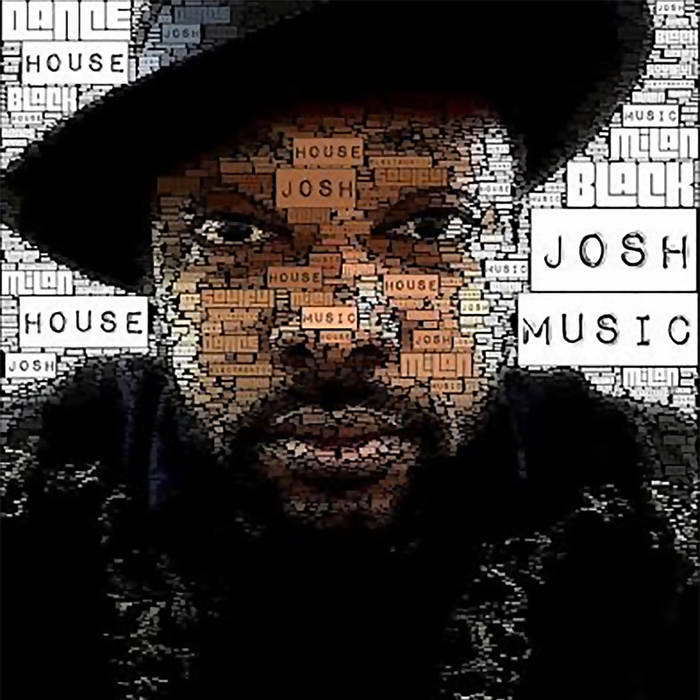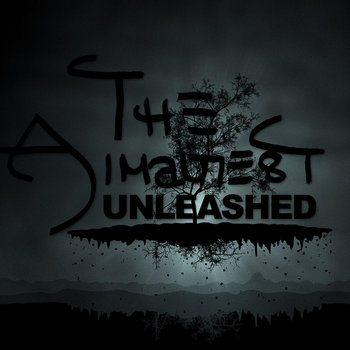
Written by R.L. — KEEPING up with popular music’s latest trends has never been easy. In the 1980s and 1990s the Billboard 200, America’s singles chart, featured 500 different artists a year, while 30,000 new albums would hit the shelves annually. Only fanatic listeners could sift through mountains of mediocrity to find occasional unpolished gems. In 2015, such a task would be impossible: the output of albums has doubled, while Billboard’s rankings contain twice as many artists.
Certain filters do offer themselves. Most online music libraries offer recommendations based on individual preferences. Apple’s iTunes store, historically the digital marketplace’s biggest music stall, suggests tunes to purchase and download. Spotify offers unlimited access to an enormous library, with personalised offerings. Meanwhile, the number of online publications critiquing the latest tunes has increased. Consumers have more products to choose from—but also better information and access.
Improving consumer choices was the goal of two mergers in the online music industry last year. The first was the purchase of Ticketfly, a concert ticketing agency, by Pandora, a digital radio service. Pandora is competing with Spotify and Apple Music in the rapidly expanding streaming market: the number of songs listened to across all platforms increased by 50% last year. The Financial Times reported last week that Apple Music had accrued over 10m paid subscribers in the six months since its launch—Spotify took nearly six years to reach that figure. Of the 78m active users of Pandora, only 3.9m pay for its premium service.
What once distinguished Pandora from its competitors was its continuous playlists, akin to personal radio stations. The service was a godsend for older listeners with less time to lovingly curate a record collection; nearly half its users are outside the 18-34 age bracket. It didn’t rest on its algorithmic laurels, either. These playlists now include audio messages from the artists being played, details of their upcoming gigs, and the opportunity to see them live through Ticketfly. This vertical integration makes shrewd economic sense. Pandora’s algorithm creates demand: Ticketfly satisfies it.
But the $450m price-tag—one of the biggest acquisitions in digital music history—has yet to pay off. Pandora’s shares plummeted by nearly 25% in 2015, and the company announced debts of $300m last month. The news that Facebook has partnered with independent artists and venues to sell tickets directly on their social network—and compete with Ticketfly—has not eased concerns. Pandora is only available in America, Australia and New Zealand; it cannot compete with Mark Zuckerberg’s global-spanning network. Nor can it hope to spar with Apple, which has announced that iTunes Radio will be swallowed by Apple Music at the end of this month. Even without a premium subscription, users will have access to a vast number of genres and special playlists (from artists such as Dr Dre and Pharrell Williams), with no advertising and the unlimited right to skip over unwanted tracks. Treading directly on the toes of Pandora, Apple will also offer individuals the chance to “create [their] own stations” based on their preferences. Apple’s dominance, popularity with the younger generation, and superior range of songs, looks certain to out-muscle Pandora.
The second notable deal was the acquisition of Pitchfork, an online music magazine that critiques independent artists, by Condé Nast, a publishing conglomerate. The takeover will give Condé Nast a trendy alternative to the New Yorker’s decidedly unhip music coverage, and access to an audience of “millennial males”, crowed Condé Nast's chief digital officer in October. For Pitchfork, the deal offers big resources for a scrappy outfit. In the twenty years since the publication went online, reporting on bands outside the domed city of formatted radio and the major labels, Pitchfork has developed a devoted audience; the website now has 7m visitors each month. Condé Nast’s backing could further elevate the status of music journalists, and put a higher premium on human criticism against mindless recommendation engines.
But this merger also has the potential to disappoint. Fans worry that the magazine will lose its independent focus and voice—often plain nasty, rather than smart or nuanced—despite reassurances from Ryan Schreiber, its editor-in-chief and founder. The concern may be justified. For all its highbrow pretensions—one contributor refuses to discuss Taylor Swift because it “brings down [his] poem to a level that’s too mundane”—Pitchfork often spouts generic puffery. A lead news story this week discusses Kim Kardashian, the pinup for the concept of being "famous for being famous"; Pitchfork’s “Best Music Videos of 2015” features well-known chart-toppers like Drake, Rihanna, Beyoncé and Nicki Minaj alongside its indie darlings. It is hard to avoid comparisons with NME, a British magazine famed for its coverage of punk and other underground music scenes—which is now handed out free thanks to dwindling circulation. NME endorsed Justin Bieber, beloved of preteen girls and ignored or despised by most critics, on its cover. It's hard out there for a music critic these days.
The Pitchfork and Pandora deals should in theory be useful for listeners. But they might only produce tonier offices for executives. Pitchfork’s distinctive voice runs the risk of being swallowed up by the fashion, posing and nonsense that inflates other popular music magazines. And in the battle of the algorithms, Apple Music and Facebook will surely elbow out Pandora and Ticketfly. As the big get bigger, steering listeners to the biggest acts, those looking for an easy guide to what’s new, good, and as-yet-undiscovered will still lack a perfect solution. Perhaps that's what friends are—still—for.
Click here to read from this article's source.












































